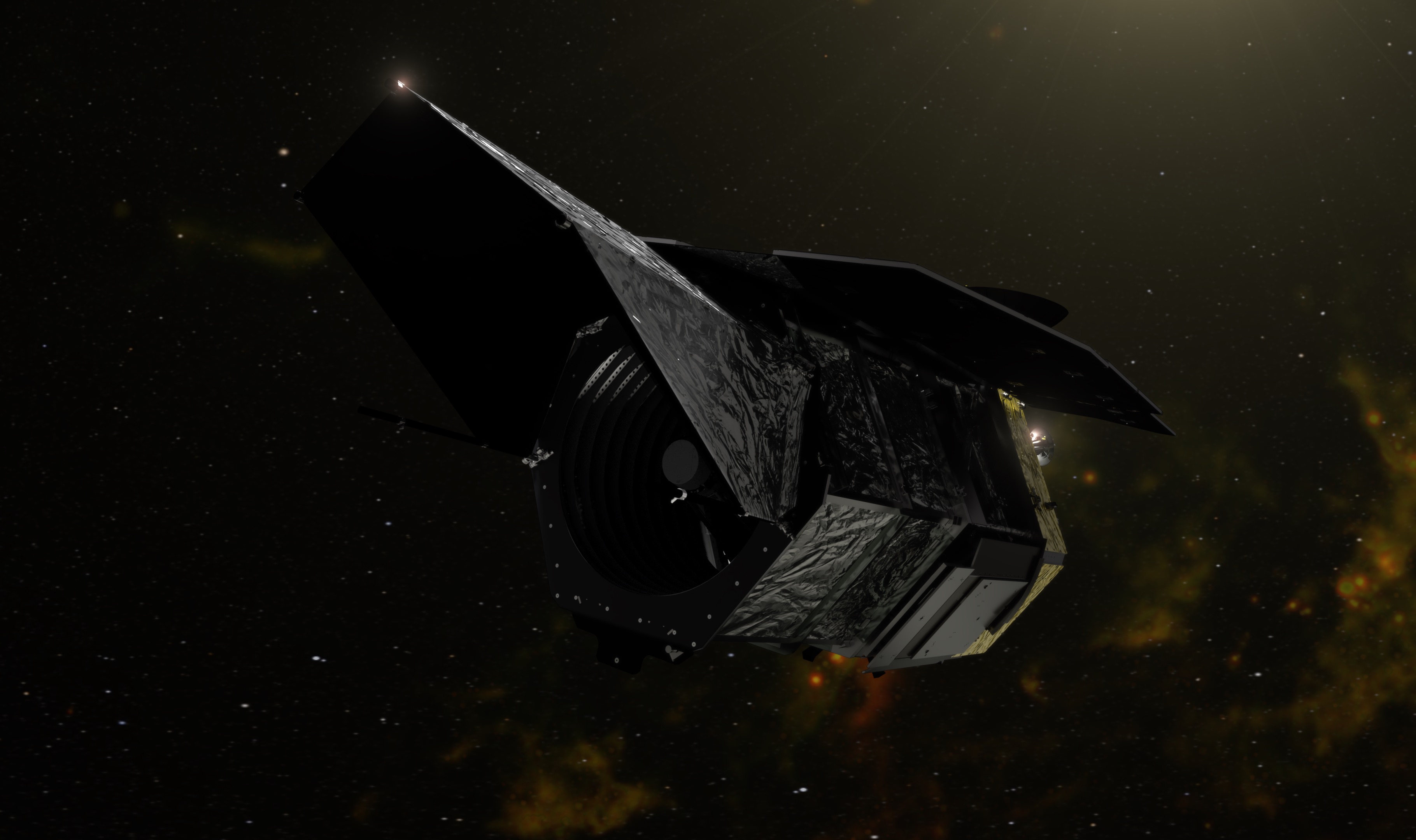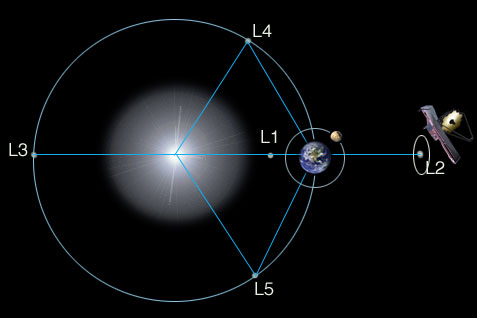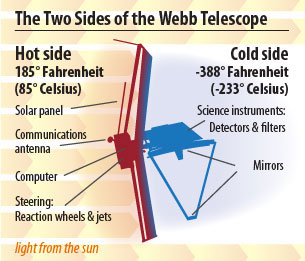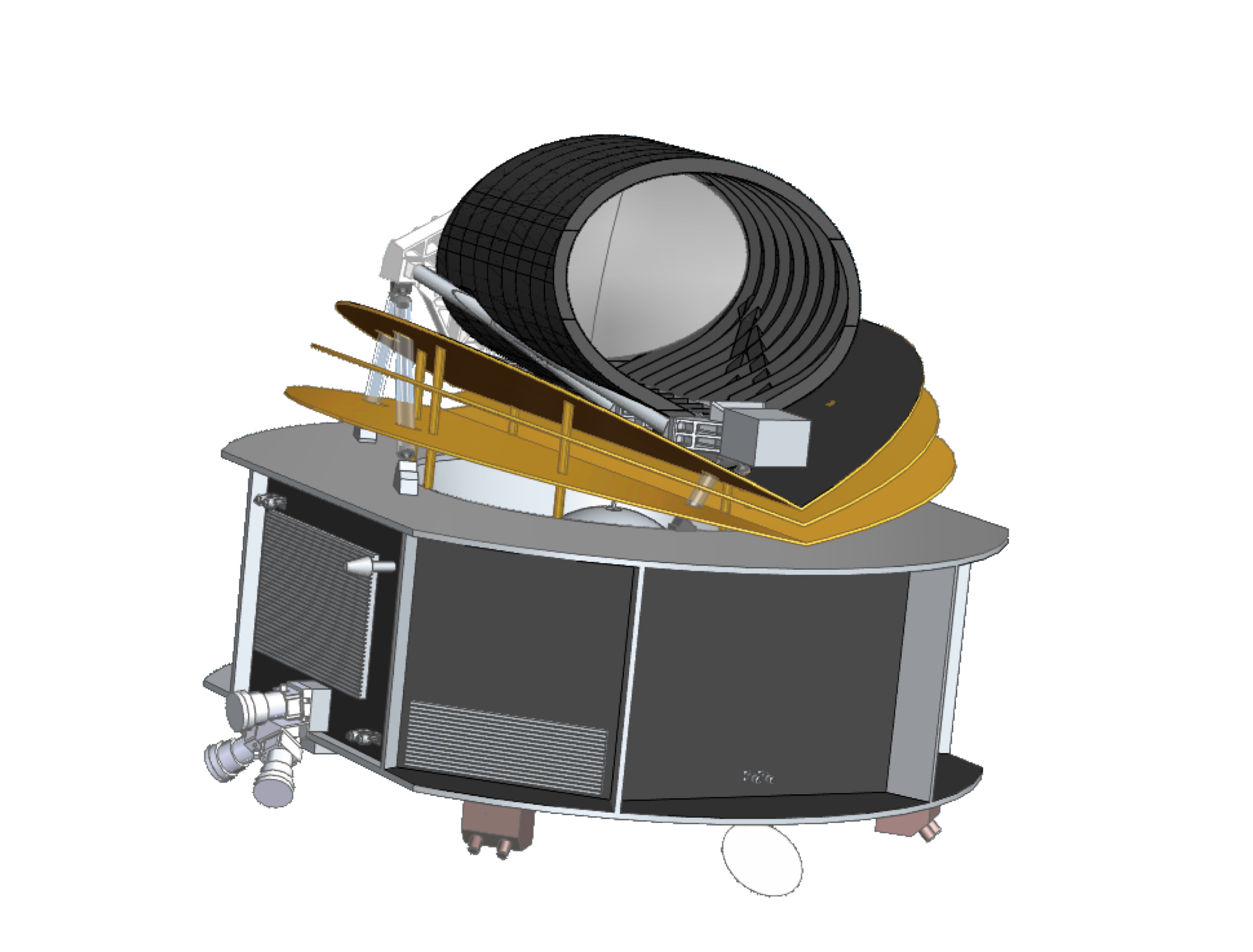Future of Exoplanet Detection
Astro 497, Week 13, Friday
Transits
TESS (extended missions ongoing)
Luanched 2018
4x 105mm cameras
Field of view: 24°x24° (each camera)
Eccentric earth orbit
Plato
Launch scheduled 2026
26x120mm cameras
Field of view: 2232 square degrees (combined)
L2 (Earth-Sun Lagrange point behind Earth)

Microlensing
Launch scheduled by 2027
2.4m Mirror
Wide-Field Instrument (WFI): 0.28 square degrees (that's big), 300.8 megapixels
(also includes a Coronagraphic Instrument (CGI): Goal $10^{-8}$ contrast and inner working angle of 0.15 arcsec, but demoted to technology demonstration)

–- Image Credit: NASA (interactive view)
Astrometry
Gaia
Launched 2013
Single measurement astrometric precision ≈60 microarcseconds for the brightest stars
" With some plausible assumptions on planet occurrences, we find that some 21,000 (±6000) high-mass ($\sim~1-15M_J$) long-period planets should be discovered out to distances of ~500 pc for the nominal 5 yr mission (including at least 1000-1500 around M dwarfs out to 100 pc), rising to some 70,000 (±20, 000) for a 10 yr mission." – Perryman et al. 2014
Radial Velocities
New generation:
Optical:
ESPRESSO: VLT (8.2m), ~2016–present
EXPRES: DCT (4.3m): ~2020–present
NEID: WIYN (3.5m): ~2021–present
KPF: Keck (10m): 2022 (last week)–present (concept started in 2014)
IR:
CARMENES (3.5m): 2016–present
HPF (10m*): ~2018–present
MAROON-X (8m.1): ~2019–present
Substantial improvements in instrumental stability and calibration relative to first generation of RV-hunting spectrographs.
Intrinsic stellar variability currently limits the detectability of low-mass planets for most stars
Another generation of spectrographs will be needed to reach an Earth-twin ($1 M_\oplus$, 1 AU, $1 M_\odot$ host → $K = 9$ cm/s $\times \sin i$). Next generation:
–- Credit: Sam Halverson
–- Credit: Morgan et al. 2021 submitted/Crass et al. 2021
Direct Imaging
Have any hot Jupiters been imaged?
What is the best waveband to spot exoplanets?
How often will James Webb be used to image exoplanets?
Check out approved JWST observing programs.
All exoplanet & disks programs: 1403.6 hours out of 4,896.3 hours ≃ 28.6%
Looks like ~6 GO Cycle 1 programs aim for direct imaging of planets.
Future Direct Imaging Misson Concepts:
Decadal Survey Inputs:
HabEx (4m)
LUVOIR (8m and 15m options)
Decadal Survey Recommendation:
“large infrared/optical/ultraviolet telescope... in 2040s” (6m) –- A&A Decadal Survey 2020
What types of star are better for direct imaging of their planets?
–- Credit: Morgan et al. 2021 submitted/Crass et al. 2021
What are some of the "more sophisticated" ways to image mature planets and and why are they necessary?
Will the planet's spectrum suffer from the contamination of stellar light, stellar wind, or circumstellar materials? If so, how can astronomers eliminate such contamination?
Are coronagraphs just able to observe objects with very small [angular] separations or do they offer any other large scale benefits?
Future of Exoplanet Characterization
Setup/Helper Code
Built with Julia 1.8.3 and
PlutoTeachingTools 0.2.5PlutoUI 0.7.48
ShortCodes 0.3.3
To run this tutorial locally, download this file and open it with Pluto.jl.



